Storyboard
What is a storyboard
The storyboard is a fundamental phase in the realization of large projects: it allows the evolution of the various project stages to be well managed without anything being lost and left to chance. Thanks to a storyboard, it is also possible to work well in a group because profitable moments of discussion can be established among the members of a team.
Sometimes it is really necessary to invest in a well-defined storyboard, because before jumping into the executive phase of a project it is necessary to know exactly what you want to achieve, in fact this is a time when you should not be afraid to make mistakes and experiment, precisely because modifying a sketch is quite simple and immediate, while that, in a final phase in changes become much more complicated and you risk performing a lot of unnecessary and wasteful work.
The Documentary
This project allowed me to gain very good skills in representing ideas very quickly and to perceive the vision of a film director. I was also able to assimilate some very interesting information and details about the history of Vietnam, and working within a team of 3D animators also gave me the opportunity to understand many aspects of both practical and theoretical aspects of how the animation world works.
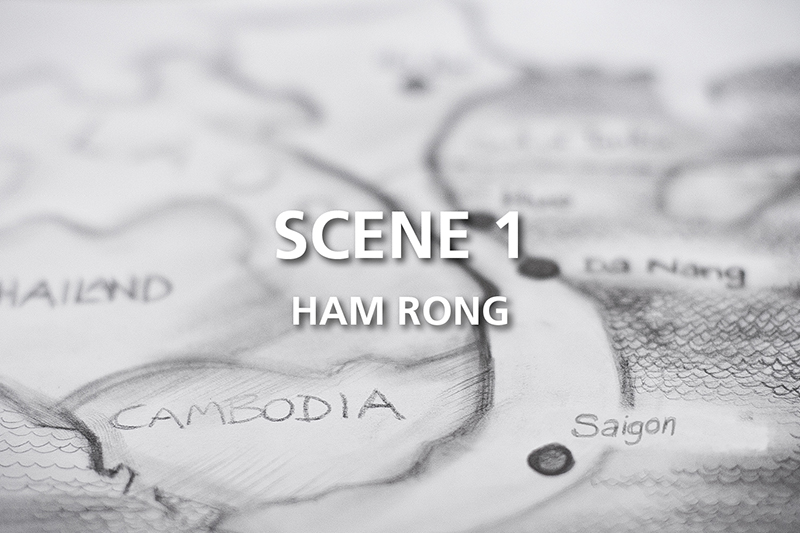
The Ham Rong Bridge
The film begins with the introduction of the Ham Rong Bridge, located a few kilometers from the city of Thanh Hoa. Capital of the province also always called Thanh Hoa. This attack that took place in 1965 at the initiative of the U.S. Air Force, was the first air battle that took place during the Vietnam War between U.S. and Vietnamese forces, who, due to heavy fog, faced their enemies who, catching them by surprise, albeit with rudimentary and less effective means, had later managed to counterattack and even inflict damage on the U.S. Air Force.
Read more →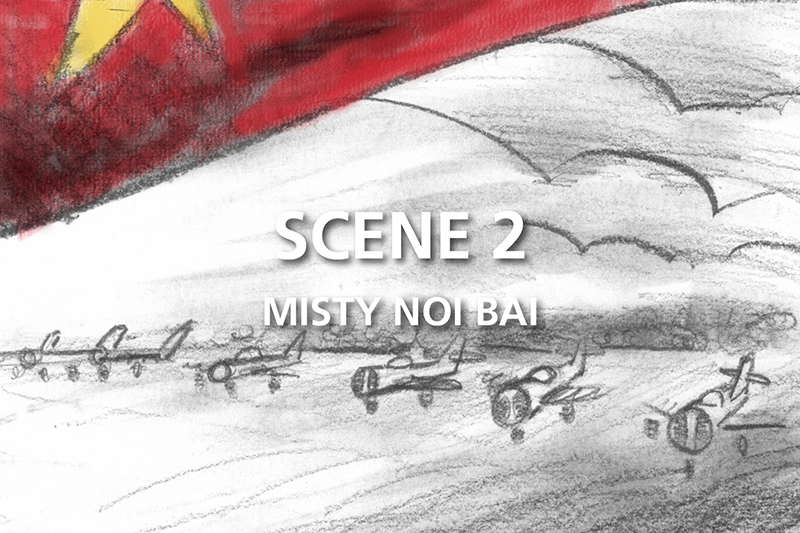
Misty Noi Bay
The scene begins with the introduction of the Noi Bai airport on a very foggy day in northern Vietnam. The North Vietnamese pilots had been trained and instructed in the use of Mig 17s in China by the Chinese army, because Vietnam did not yet possess a professional army and so to acquire certain technical skills it was necessary to train abroad. The Mig 17s were Russian aircraft, certainly much more limited in comparison to the F105s that the Americans had, but they also had the advantage of being more agile in flight and easy to maneuver. Next, some features of the Mig 17 model are shown, and finally the planes take off into the air.
Read more →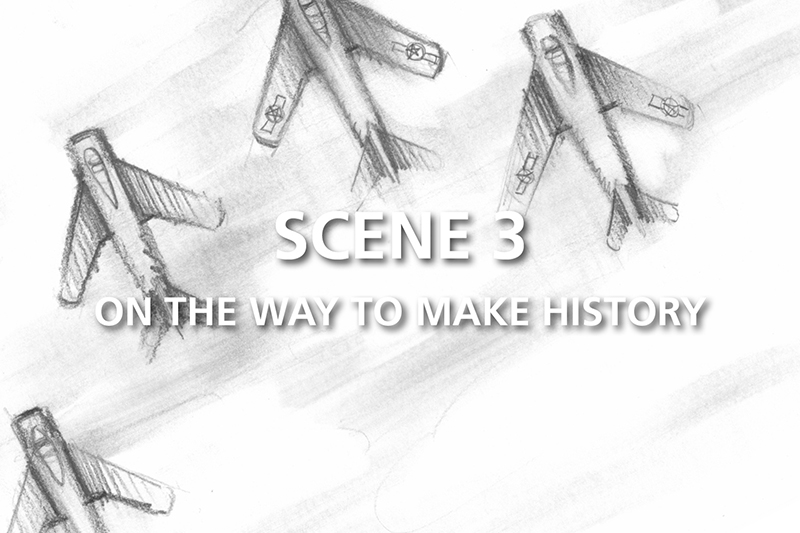
On the Way to Make History
After the squadron of North Vietnamese planes leaves the Noi Bai military base, they take to the air and at one point catch a glimpse of a group of American F105 planes trying to damage some strategic points in Than Hoa province, particularly the Ham Rong (dragon bridge) in which for fortuitous reasons, is never destroyed. It is shown how the Americans used to launch attacks from the then American base in Da Nang and Thailand so that they could ensure a surprise attack.
Read more →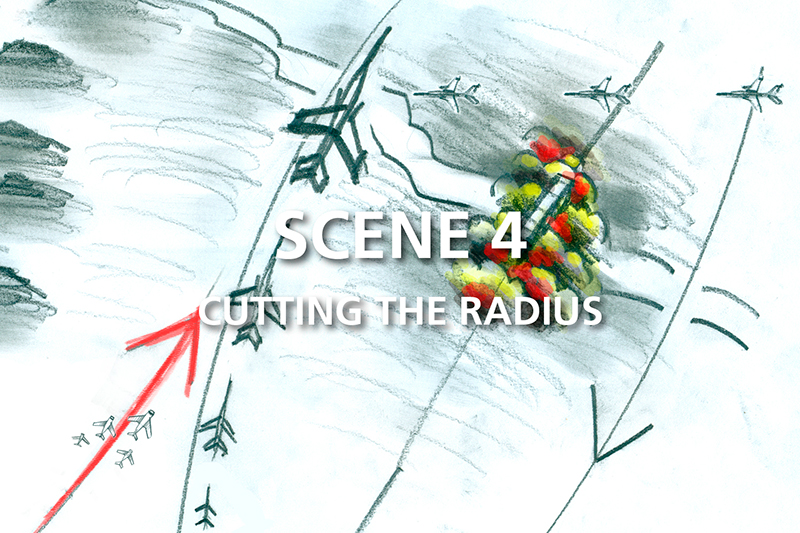
Cutting the Radius
As mentioned earlier, it was a day with a lot of fog and consequently visibility times could be limited, so the Mia 17s saw and encountered the American F105s suddenly and by chance. The F105s have not yet noticed the presence of the North Vietnamese Mia 17s and here in this scene the Mias suddenly appear behind the backs of the American pilots. They carry out some attacks and manage to hit some targets.
Read more →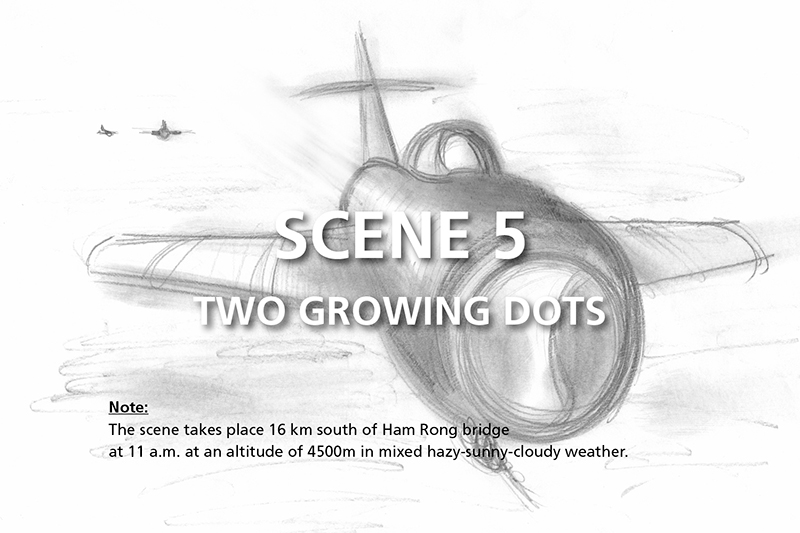
Two Growing Dots
The scene takes place 16 km south of the Ham Rong Bridge, at 11 a.m. and at an altitude of 4500 meters, in mixed foggy and sunny weather. Here, however, now it is the Mig 17s that are being chased by some American F105s, and it seems they do not stand a chance because the American planes are better in speed, size, and armament.
Read more →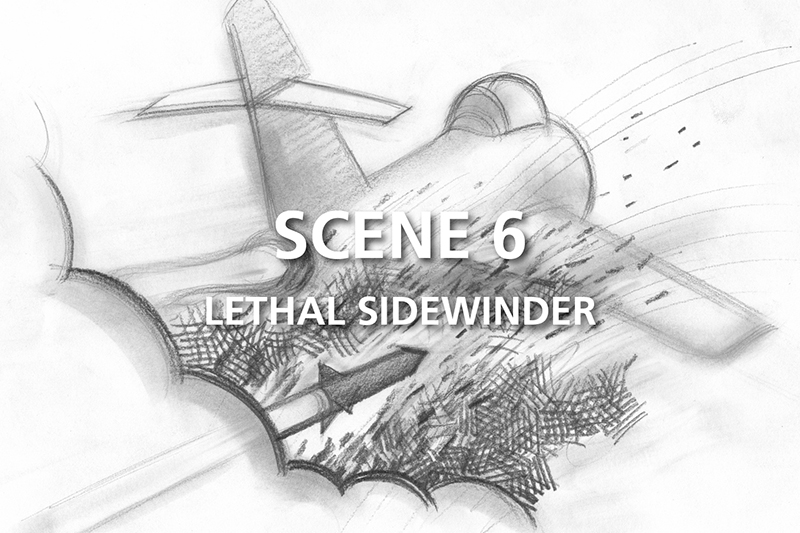
Lethal Sidewinder
This scene compares the F105 of the Americans and the Mig 17 of the North Vietnamese. We see the armaments that each of them possesses, the maximum speed that they can reach, and it is important to note that the Mig 17s unlike the F105s do not possess missiles. Finally since in the previous scene the missile launch by an American F105 is not yet shown, a simulation of what in theory should happen after a missile is released is shown.
Read more →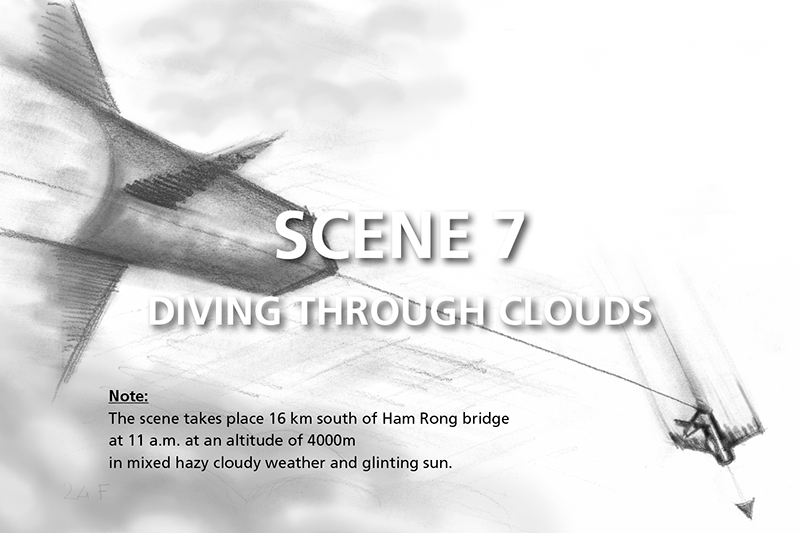
Diving Through Clouds
In this phase of the storyboard, instead it is shown in detail how the North Vietnamese pilot's Mig 17 managed to avoid impact with the missile fired by the American F105. The reason he was able to escape the lethal weapon is because although the Mig 17 is smaller and more limited, it nevertheless possesses greater agility and thus can make quick turns and rotations that the F105 cannot perform.
Read more →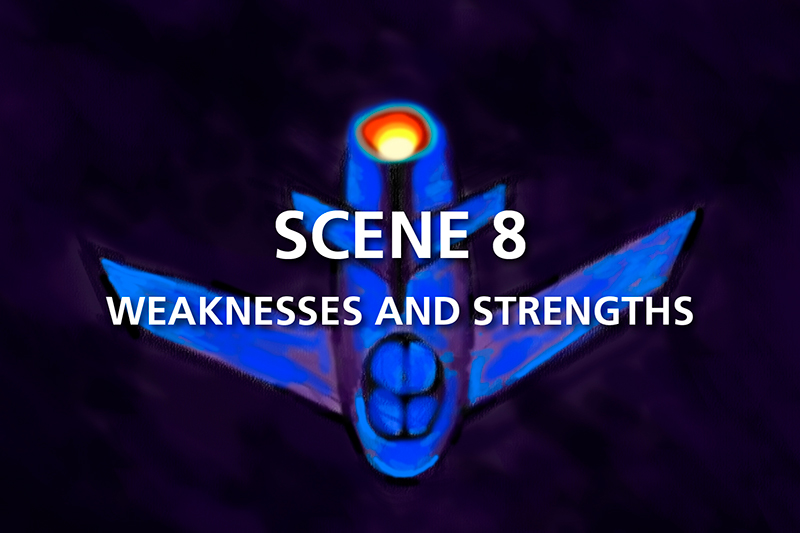
Weaknesses and Strengths
The performance of the American missile is described, with an interesting comparison between the human eye and the missile's detection system, illustrating how it intercepts heat as it travels. In addition, it is explained through a simplified diagram how the North Vietnamese pilot managed to avoid impact with the missile launched by the American F105s. The advantage of the Mig 17s, which, although smaller and less fast, are capable of quick and agile maneuvers, is then highlighted. The F105s, while extremely high-performing, could not perform rapid maneuvers, only wider and slower maneuvers.
Read more →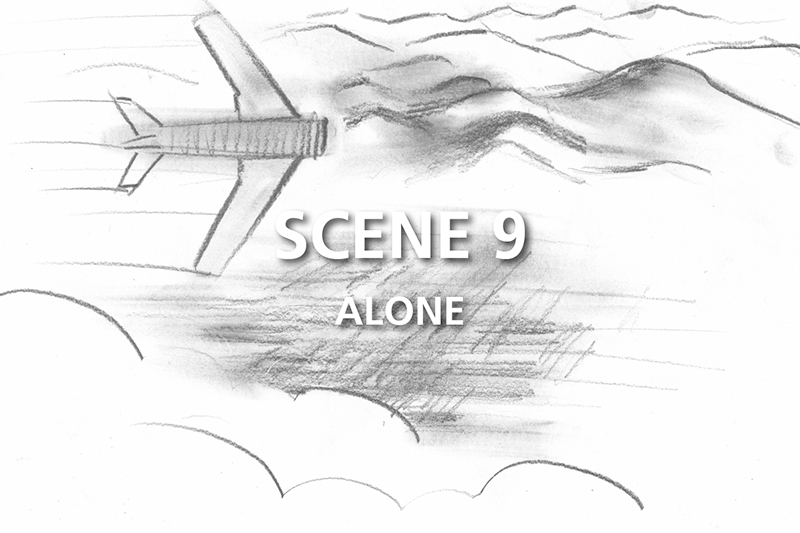
Alone
Here at one point the North Vietnamese pilot sees his enemies now far away from the air and alone without his teammates he tries to return to his base. Unfortunately, the Mig 17 has almost no fuel left because he had previously abandoned his fuel reserves in order to be able to perform more agile maneuvers without being overloaded with excessive weight, and he will later have to parachute out of the plane.
Read more →